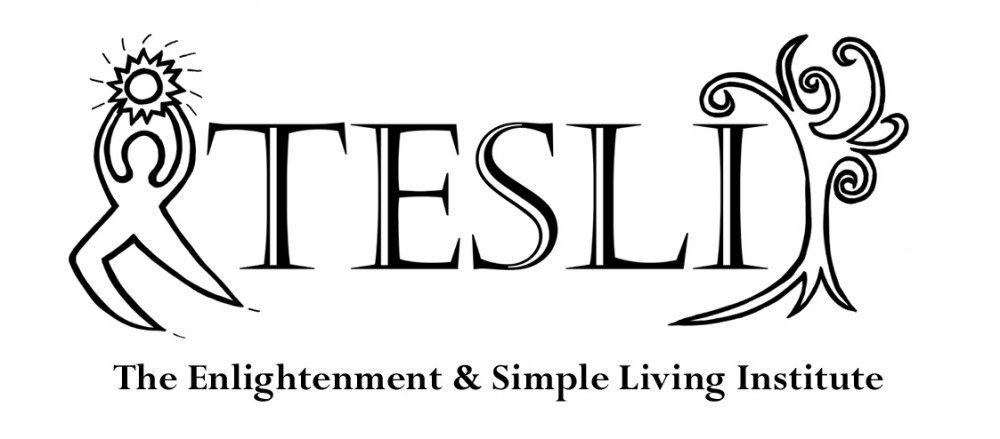 What if I said, just by changing when you eat, you could:
What if I said, just by changing when you eat, you could:
- reduce fat stores
- decrease systemic inflammation
- increase glucose tolerance
- increase lean muscle mass
- improve lipid profile
- increase mitochondrial volume
- protect yourself from age related fatty liver
- protect yourself from obesity
- increase in ketone body production
- experience favorable improvements in gene expression
What do you think? Pretty amazing?
The trick is to shorten the span of time during the day that you eat and increase the span of time that you don’t eat. It really is that simple. You may have heard it called intermittent fasting. While some people adopt a schedule that is 8 hours of eating and 16 hours of fasting, the results listed above came from research on rodents that where allowed to eat for 9 to 12 hours and fast the rest of the time.
In humans, 11 hour eating schedules result in 36% reduction in breast cancer risk and recurrence. And 12 hour regimes result in improved sleep and increased weight loss in normal weight people. A twelve hour schedule means that you start to eat (or drink coffee/tea) at 7am and you finish your dinner by 7pm.
It is interesting that most of my life I have been “intermittent fasting” without knowing I was engaging in a healthy behavior. When people would ask me why I wouldn’t accept their dinner invitation, I would simply say, “I eat weird. I have dinner much earlier.” Turns out now that my “rule” of not eating after 6pm, which I adopted since I knew that it was not good to eat within four hours of going to sleep, contributed to my robust metabolism and general health. Most of my life my eating spans were confined to 10 hours.
However, the truth be known, I have a tendency to compulsively overeat and many times in my life I have had to resort to planning my daily food to make sure I wasn’t overeating. However, since I was still compulsive, I often finished my daily allotment by early afternoon. I must admit that I have unknowingly used the 16:8 intermittent fasting plan most of my life.
The research information I am sharing came from a Tim Ferris Podcast where Dr. Rhonda Patrick gave an extensive overview of the field of smart drugs, intermittent fasting and other ways to prevent aging. She has extensive research experience in the fields of aging, cancer, and nutrition and a mission to create a culture where people are preventing aging and increasing our “health spans”.
There are some key components of the eating plan:
- Eating earlier in the day is best. The body’s metabolism is geared to be active during daylight hours and to focus on repair and rejuvenation during the nighttime. By eating earlier in the day, you support the bodies natural rhythms and get the most benefit from intermittent fasting. I emphasize that in all cases one should stop eating three to four hours before going to sleep. This allows the liver to focus on rebuilding during the night and not on processing nutrients coming from the digestive tract.
- While drinking black coffee for a blood test may be considered “fasting”, it isn’t true for intermittent fasting. The compounds in coffee awaken the metabolic pathways in the body and should be considered a break in the fast.
- While an eating window of 8-12 hours meets the criteria, you may find better results in the 8-10 hour range.
- Dr. Patrick could not think of anyone that would not benefit from an intermittent fasting regime, but use your own common sense.
- If you have trained your body to eat late and not eat in the morning, you may want to slowly readapt it to a new routine.
Dr. Patrick also lists additional benefits with water fasting of five to seven days. This type of fasting increases stem cell production and rids the body of tired, old cells. Great for those of us that would like to keep our body functioning in top condition for many more decades.
REFERENCES
Rhonda’s website: https://www.foundmyfitness.com/
Listen to Dr. Patrick’s Report at: http://tim.blog/2017/05/04/smart-drugs-fasting-and-fat-loss/

Great info – thanks.